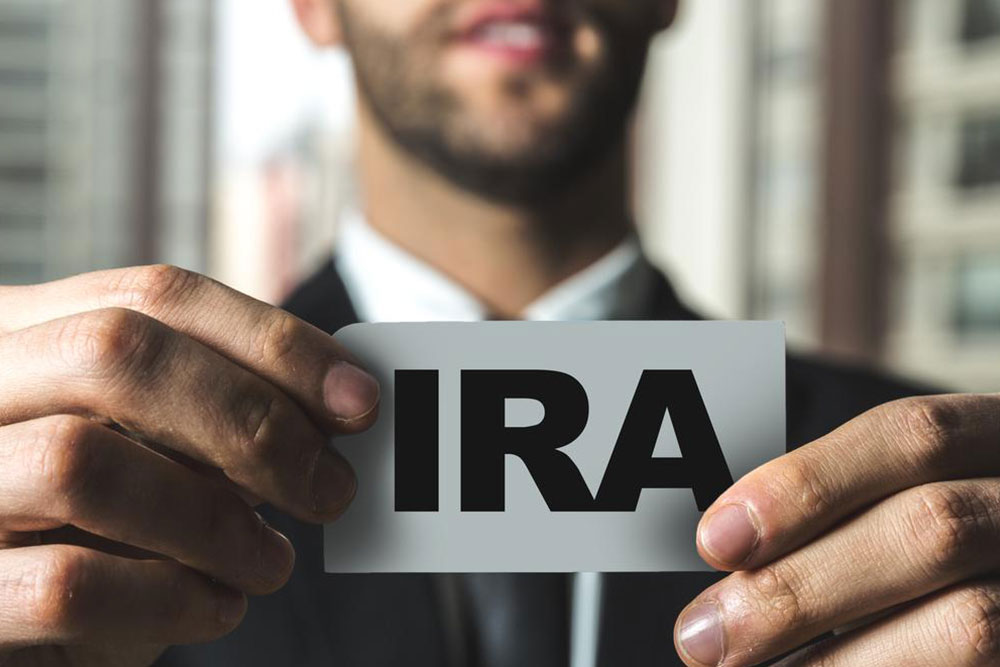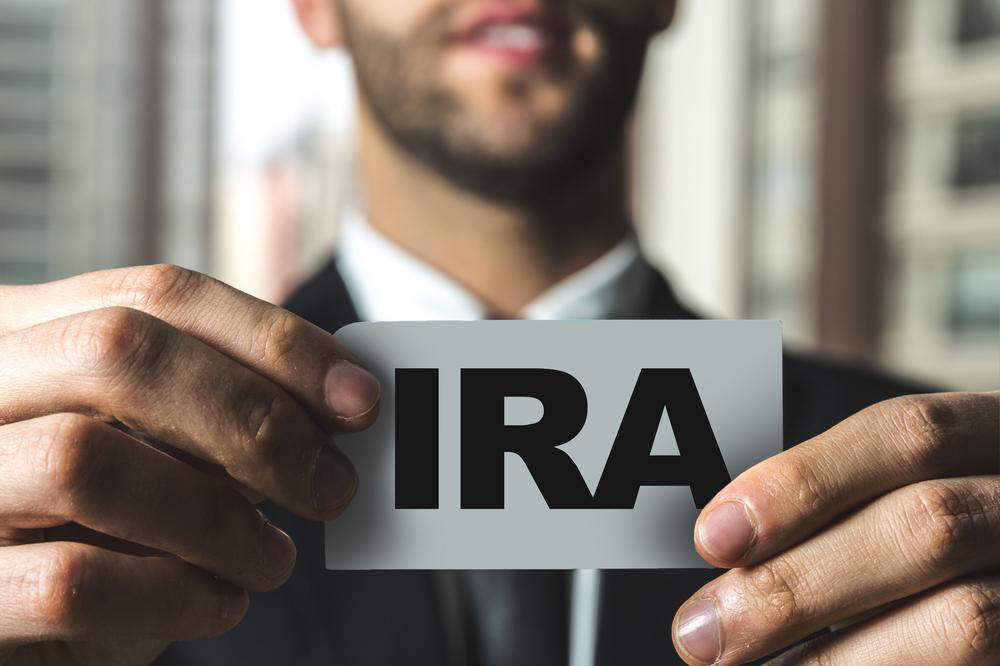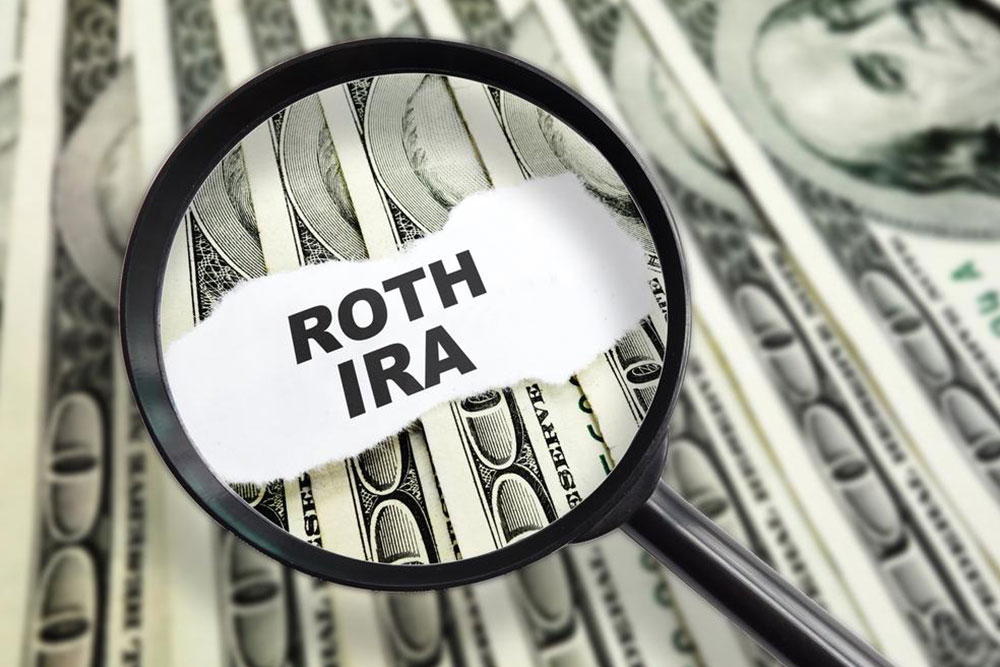Pros and Cons of Traditional and Roth IRA Retirement Accounts
This article compares the pros and cons of Traditional and Roth IRAs, highlighting their tax advantages, withdrawal rules, and investment options. It provides guidance to help individuals choose the right retirement savings plan based on their financial circumstances, emphasizing the importance of consulting a financial advisor for personalized advice.

Pros and Cons of Traditional and Roth IRA Plans
Traditional and Roth IRAs are popular retirement investment options that enable tax-deferred growth of savings. Contributions to these accounts grow without incurring taxes on dividends or capital gains, providing significant tax advantages during the accumulation phase.
Advantages of Traditional IRA:
Individuals with earned income can contribute up to their annual earnings. They have the flexibility to choose various investment options including stocks, bonds, mutual funds, or annuities.
Investment earnings are taxed upon withdrawal during retirement, which can be advantageous if one’s tax bracket is lower at that time. Contributions can be made until mid-April of the subsequent year, giving more time to save.
Disadvantages of Traditional IRA:
Minimum distributions are mandatory starting at age 70.5; failure to comply results in penalties. If you are covered by another employer-sponsored plan, the tax benefits might be limited, especially based on your income level.
An early withdrawal before age 59.5 incurs a 10% penalty, and certain investments like antiques or precious metals are restricted within this plan.
Advantages of Roth IRA:
This account allows for penalty-free early withdrawals of contributions for specific purposes such as buying a first home or paying education costs. Contributions are made after-tax, so growth and qualified withdrawals are tax-free. There are no required minimum distributions, allowing the account to grow indefinitely. If the account is at least five years old and the account holder is 59.5 or older, contributions can be withdrawn penalty-free at any time.
Disadvantages of Roth IRA:
Contributions are not tax-deductible, leading to higher current taxable income. This might push individuals into higher tax brackets or reduce eligibility for other benefits. Contribution limits restrict the amount invested, especially if income exceeds certain thresholds. Converting a Traditional IRA to a Roth IRA may incur significant upfront taxes, which can be cumbersome for higher earners.
Choosing between these IRAs depends on individual financial situations. Consulting with a financial advisor can help determine the best fit based on personal goals and income status.










